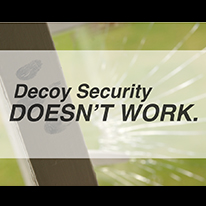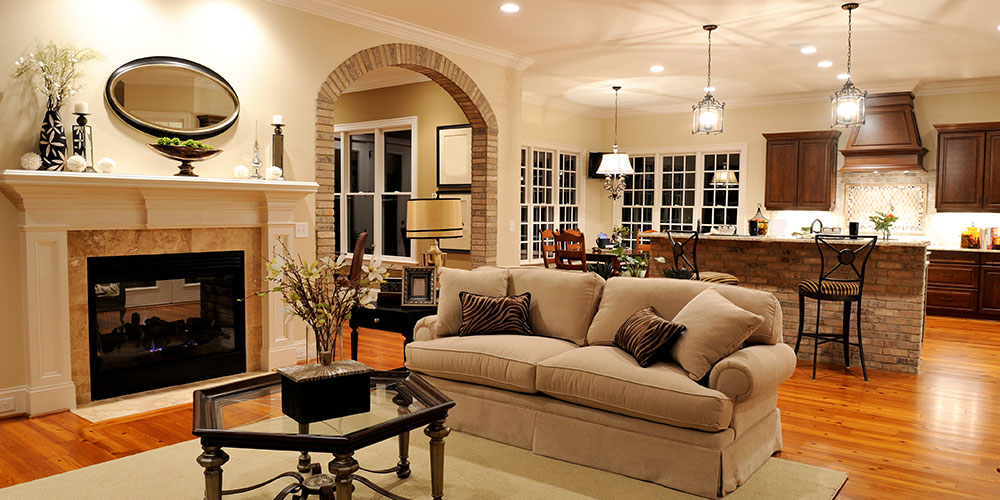As the IoT trend grows in popularity, you may be both fascinated and overwhelmed at the opportunity to become a smart homeowner.
Smart home devices offer an added layer of safety, convenience and energy management to your home. They let you control and manage home devices and appliances, such as your thermostat or oven, remotely via your smart phone or automate based on pre-set schedules.
More importantly, through sensor-enacted alerts and monitored alarm systems, you’ll always know the minute your home is at risk.
Interested in getting started? Here’s a simple overview to help you understand the process of becoming a first-time smart homeowner.
Essential Products
Prioritize safety in your smart home package. In addition to convenience features like automated lights and thermostats, incorporate monitored burglar, fire and carbon monoxide alarms, and round-the-clock video surveillance.
When selecting devices, remember that one size does not fit for all. Choose a smart home solution that aligns with your needs and budget. For example, a larger family may plan for the impact of kids and pets on their devices, whereas a single person would not.
Installation
To make setting up your smart home a breeze, take the time to select devices from a vetted provider with certified equipment. Many of these companies offer professional installation to ensure your system is properly set up and optimized.
But, professional installation isn’t the only option. Many devices available today are geared toward the do-it-yourself (DIY) market, where the homeowner installs all equipment. When paired with on-demand professional monitoring and an informed buyer, this is a viable option.
When installing, ensure your network is secure, and take the time to survey your property for vulnerabilities. To control your smart home seamlessly, connect all devices to a centralized hub or app to form a smart home ecosystem.
Service & Monitoring
Once your smart home system is installed, keep up with maintenance and monitoring to provide you and your family with peace of mind.
If you used traditional home security as opposed to DIY home security, have a professional check your equipment annually. This ensures all devices are in working order, and that signals are being properly received by your installer’s monitoring center. That same monitoring hub will watch your home security system 24/7, and can dispatch emergency responders to your home at any time.
If you used DIY home security, set an annual reminder for yourself to check the system. Ensure your network is secure, and conduct a test run of all of your equipment.
Smart home devices including lights, appliances, electronics and thermostats should be regularly tested too, and batteries changed. Watch for red flags that devices are not working properly or are dated, such as:
- Compatibility issues with other devices.
- Devices that reboot or restart frequently on their own.
- Equipment that does not support the latest software.
- Rapid battery/power failure.
Interested in learning more specifics about how a smart home can benefit your family? Here are a few more helpful reads:
- 2017: The Year of the Smart Home
- 4 Trends Impacting Home Automation
- How Voice Recognition Plays a Role in IoT
Do you have any questions about installing a smart home security system in your home? Share with us in the comments below!



